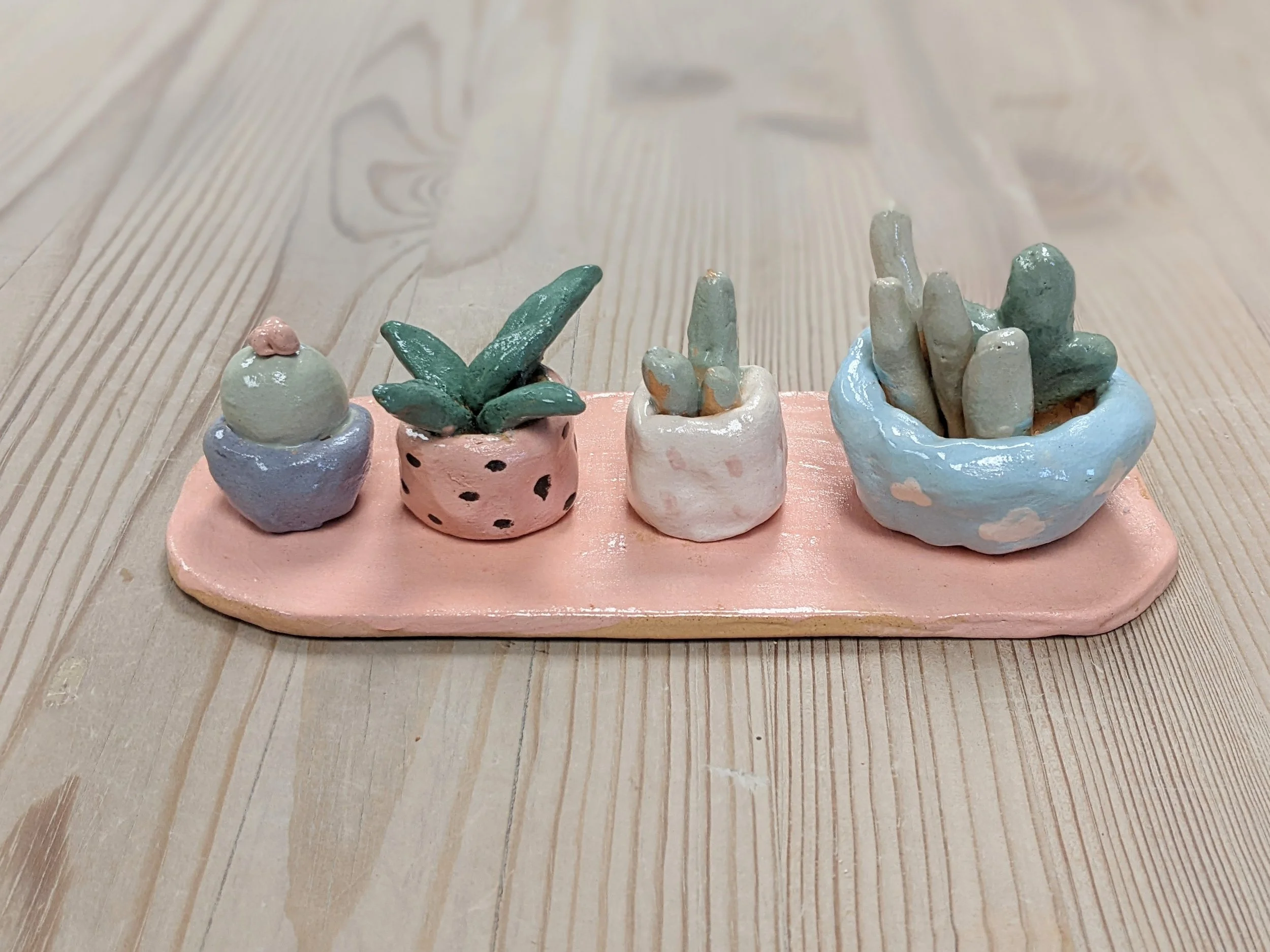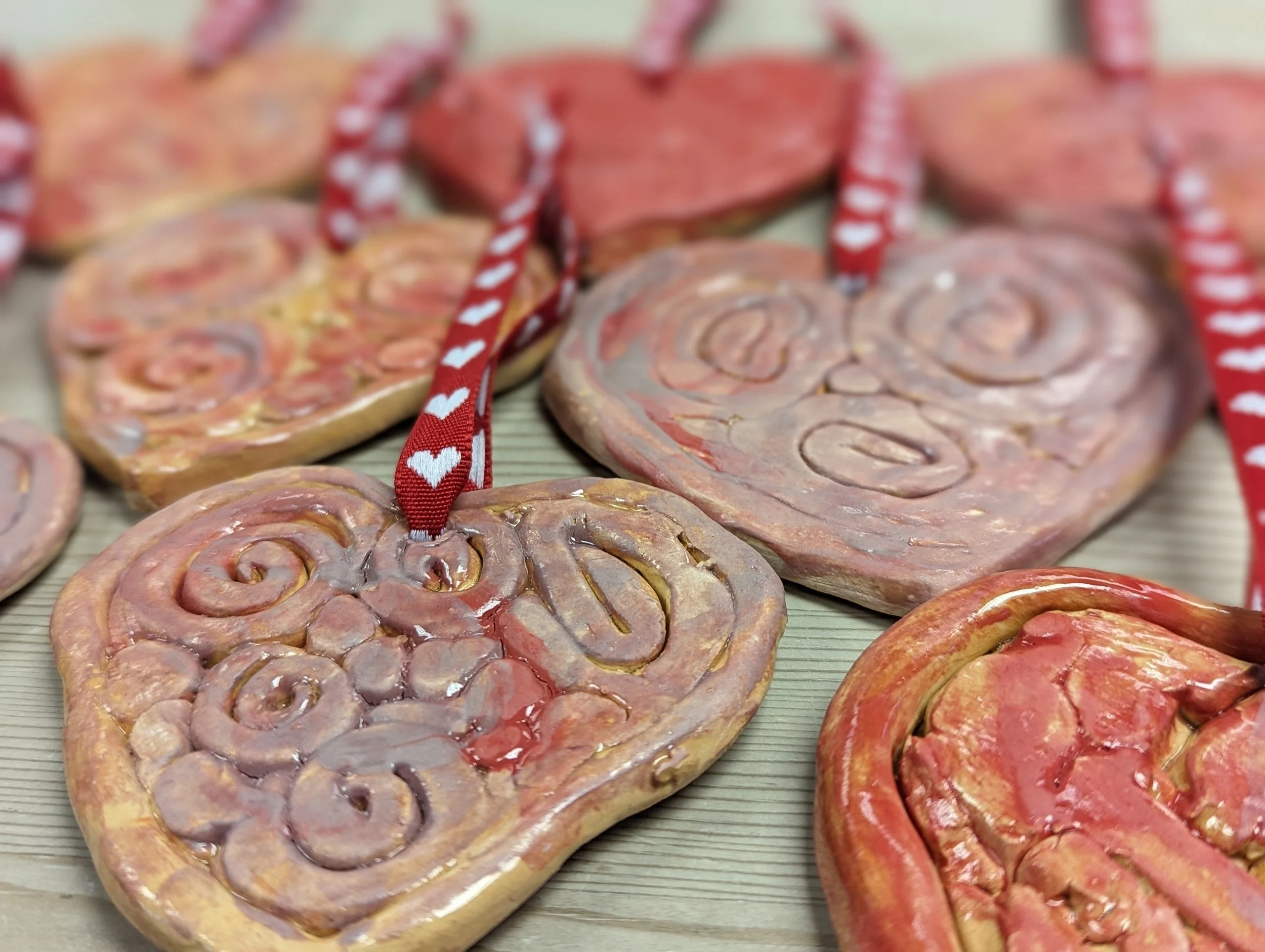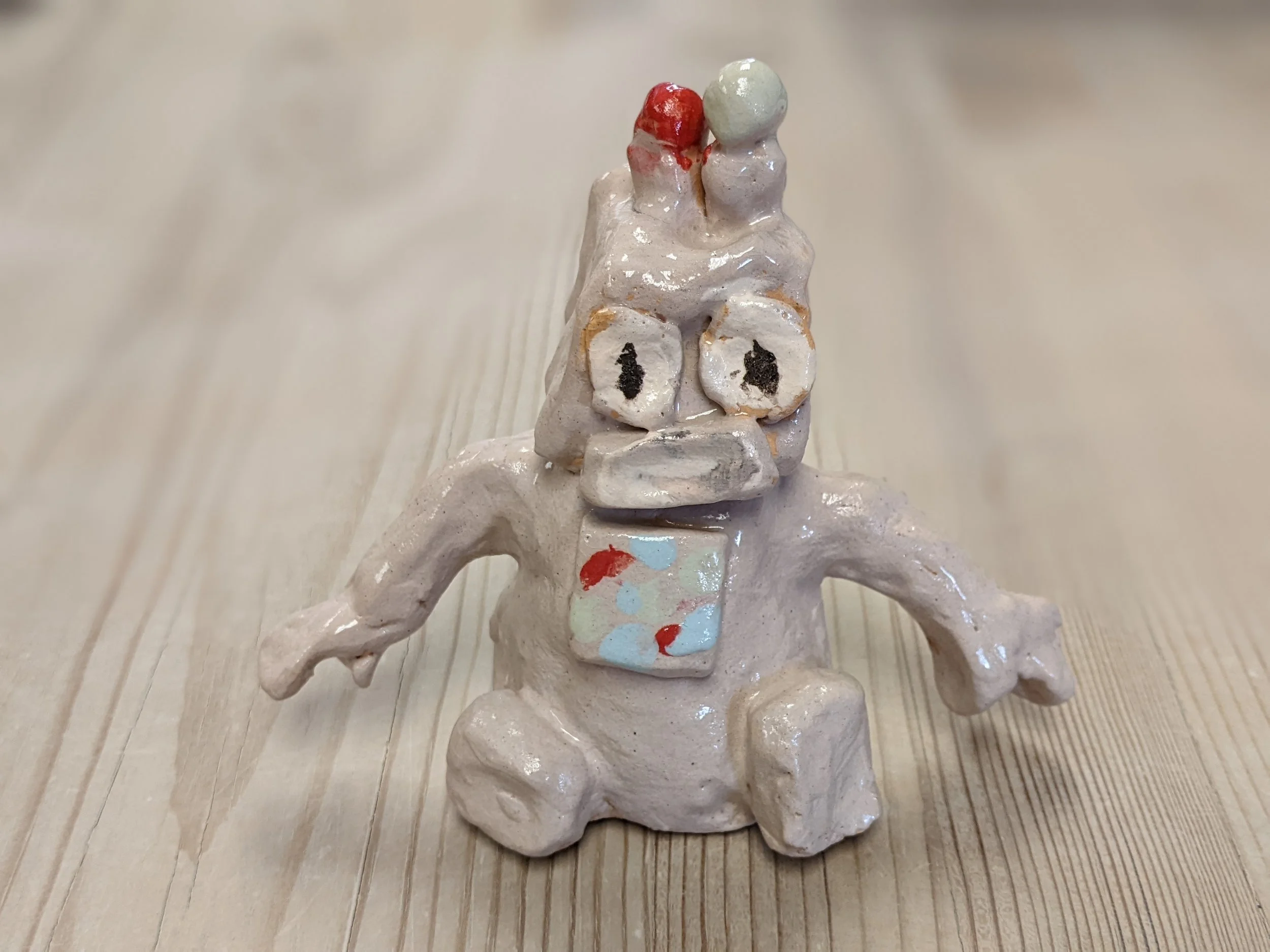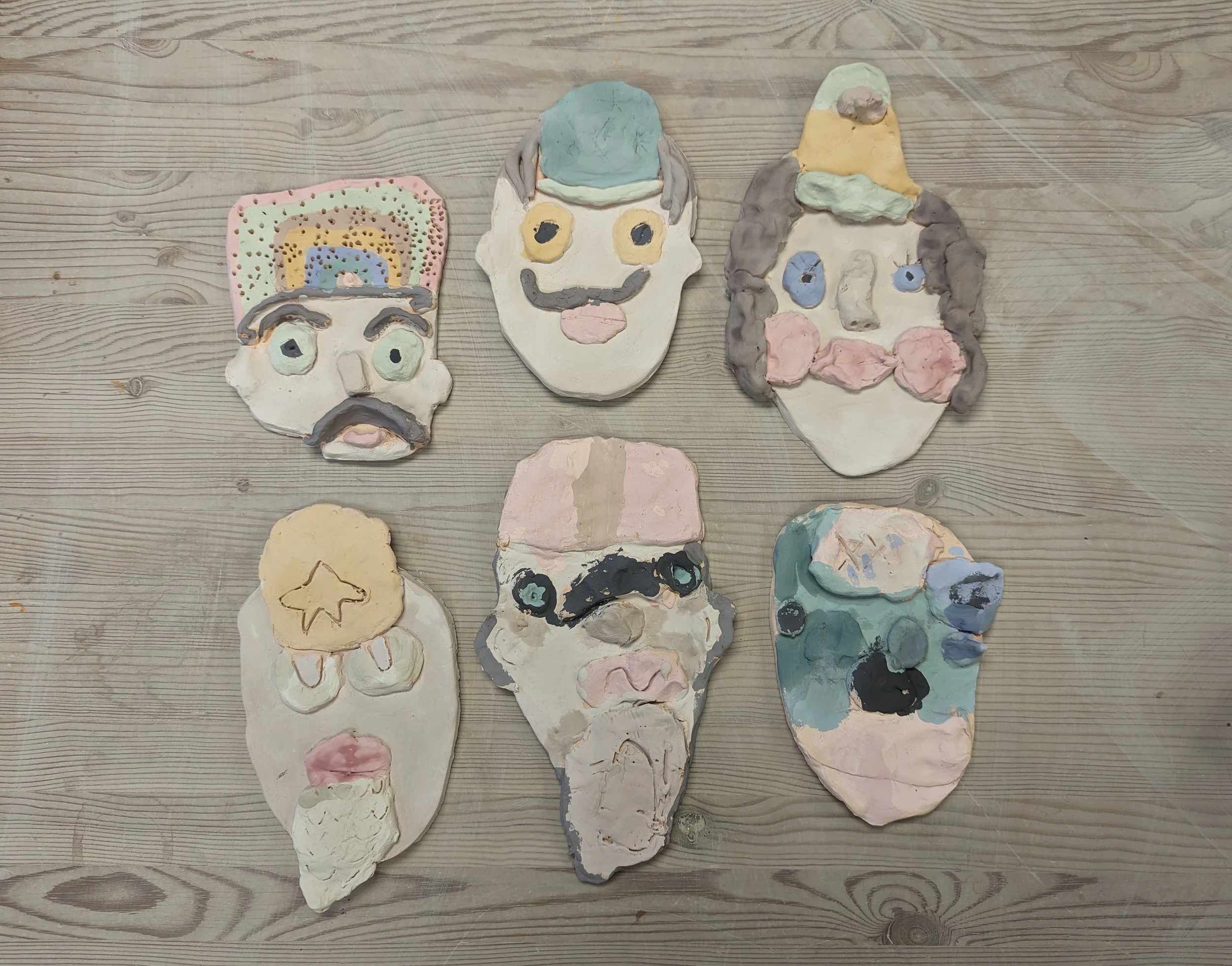The Joy of Clay: Pottery, Children and Creative Learning
Alongside my studio practice, I spend part of each week teaching in the pottery room of a local primary school. It’s not something I do as an aside, it’s an integral part of my making life. Each lesson is a reminder of clay’s quiet power, the way it slows you down and insists on presence.
At the school, pottery isn’t just a seasonal activity or a one-off art project, it’s a thread woven through each child’s school life, from pre-prep to Year 6. Every year, the children return to the pottery room. What begins with simple rolling and pinching in the early years grows into a confident understanding of clay as a material. By the time they leave, the children know the process from start to finish and are capable of creating truly beautiful work. Everything is hand-built and all pieces are fired in our on-site kiln.
But the value of pottery goes far beyond the finished pot. Clay demands presence. It slows children down, engages their hands and focuses their minds. It is quietly therapeutic. Research increasingly supports what potters have always known, working with clay improves mental wellbeing, nurtures creativity and helps develop fine motor skills. In a world focused on outcomes pottery offers something else, process, patience and a sense of calm.
Teaching in this way continues to shape my own work. It reminds me that clay is not just for the object it becomes but for the way it makes you feels while it’s being made. If you’d like to follow more of what we’re making in the classroom, you can find me on Instagram at @school_room_pottery














